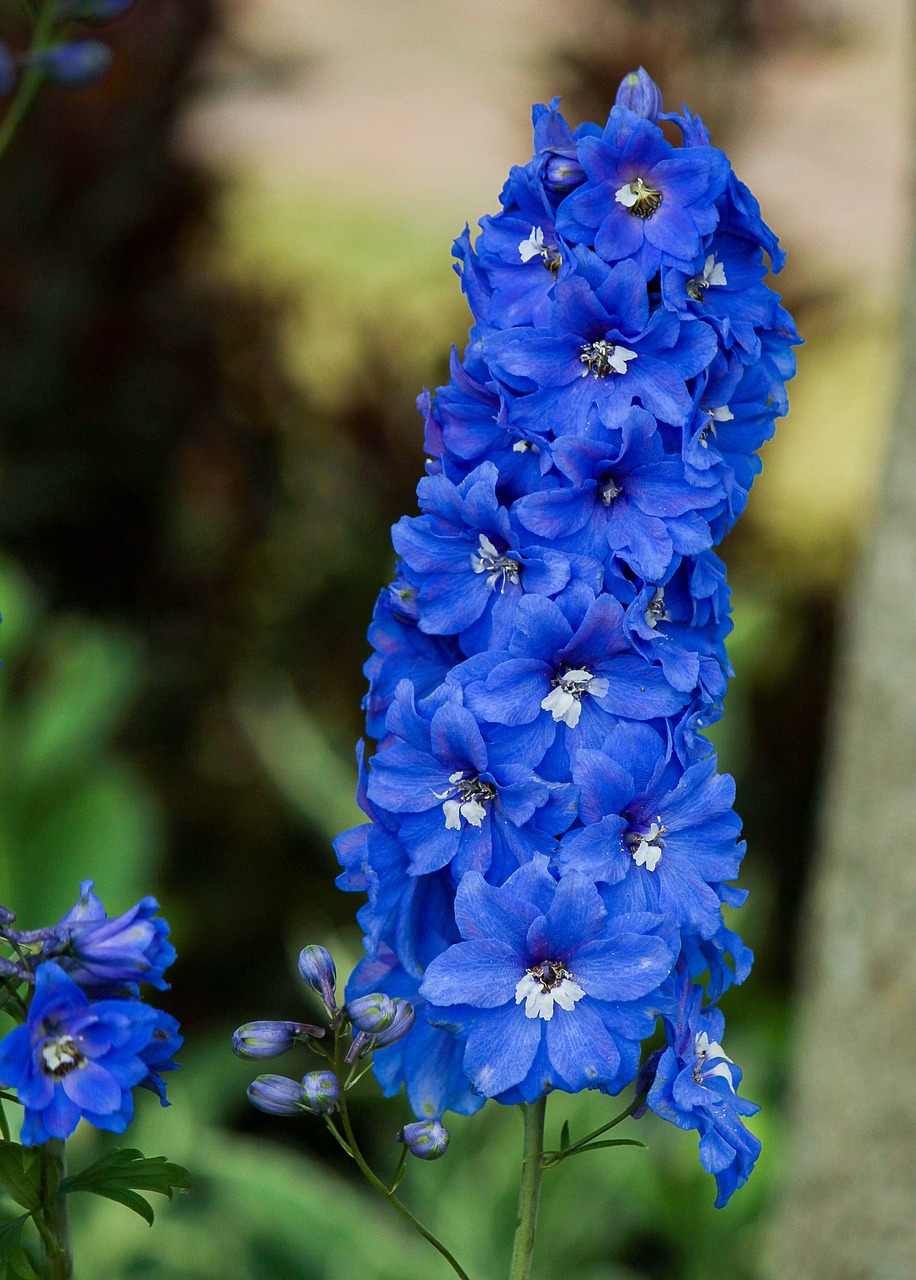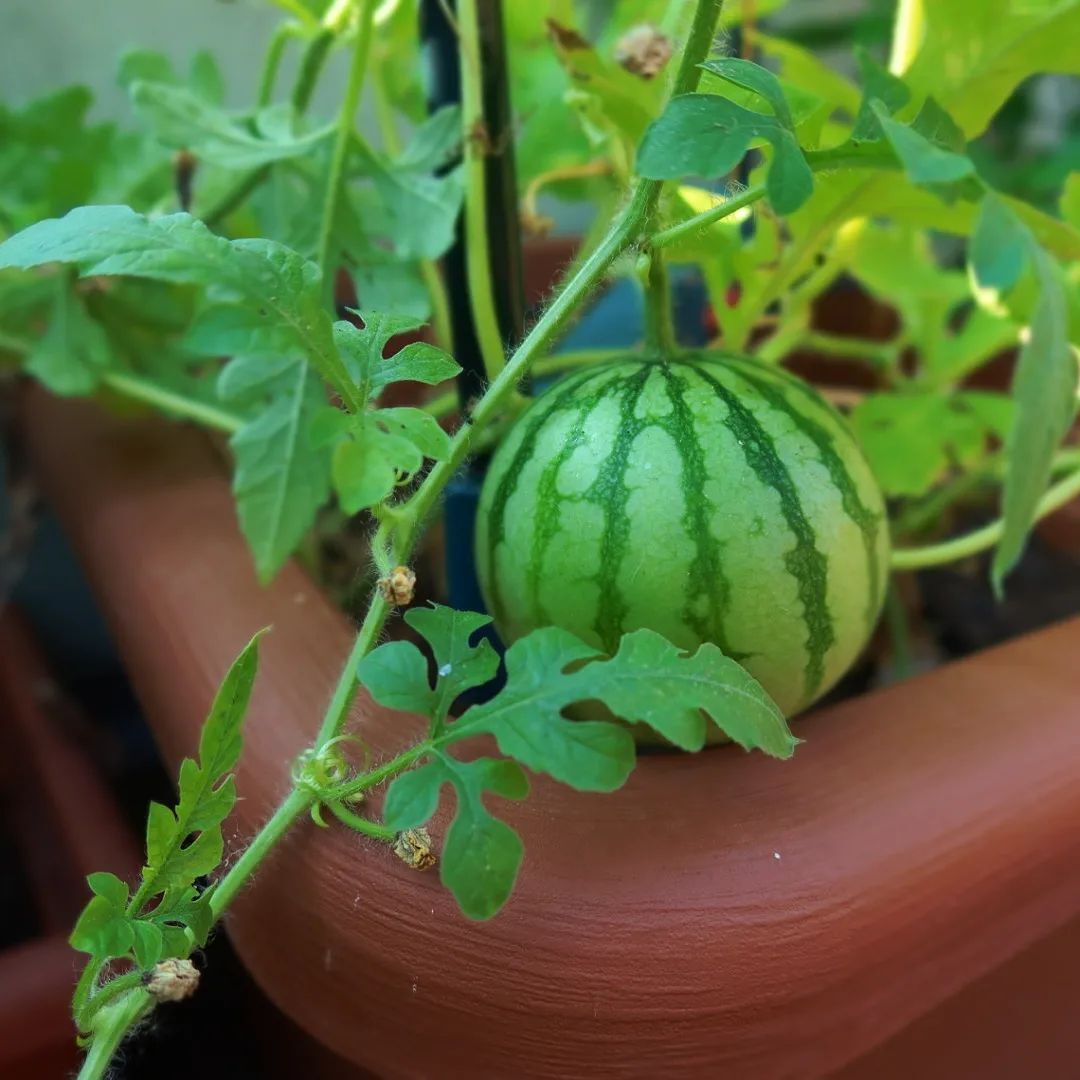Here is the List of 21 Plants with Poisonous Flowers that are extremely beautiful to see but can be toxic when consumed or touched.
Explore the List of 21 Plants with Poisonous Flowers. While they may captivate with their beauty, these blossoms harbor hidden dangers. Proceed with caution as we uncover nature’s delicate yet hazardous side.
Check List of Cactus with White Flowers
List of 21 Plants with Poisonous Flowers
1. Clematis (Clematis occidentalis)

Clematis, although considered mildly toxic, can pose risks if touched or consumed. The plant contains a toxin called anemonin (an irritant glycoside) that can affect both humans and pets.
In humans, contact with these poisonous flowers can lead to dermatitis in some individuals, causing skin irritation. If ingested, it may result in a mild burning sensation and ulcers in the mouth.
Pets, including dogs, cats, and horses, are more susceptible to the effects of this toxic flower.
2. Hydrangeas (Hydrangea macrophylla)
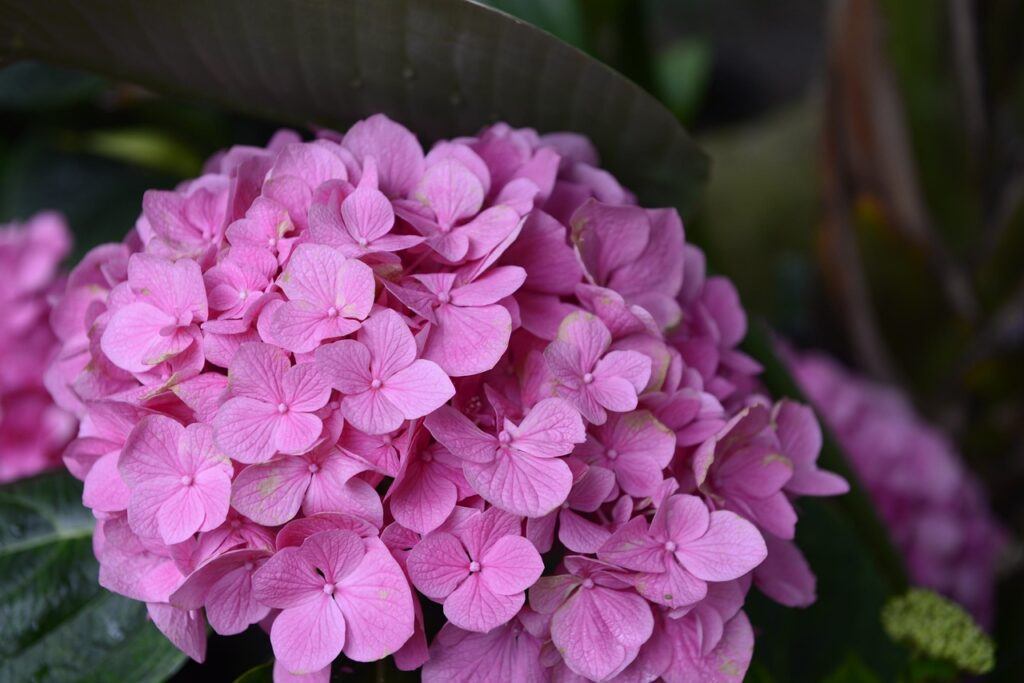
When it comes to growing hydrangeas, it is crucial to exercise caution, particularly if you have cats and dogs in your household. Hydrangeas contain a small amount of cyanide, which can be potentially lethal if consumed in large quantities by pets.
While hydrangeas are generally safe for humans, it’s important to note that ingestion of certain amounts of hydrangea leaves or flowers can lead to adverse effects in pets.
3. Oleander (Nerium Oleander)
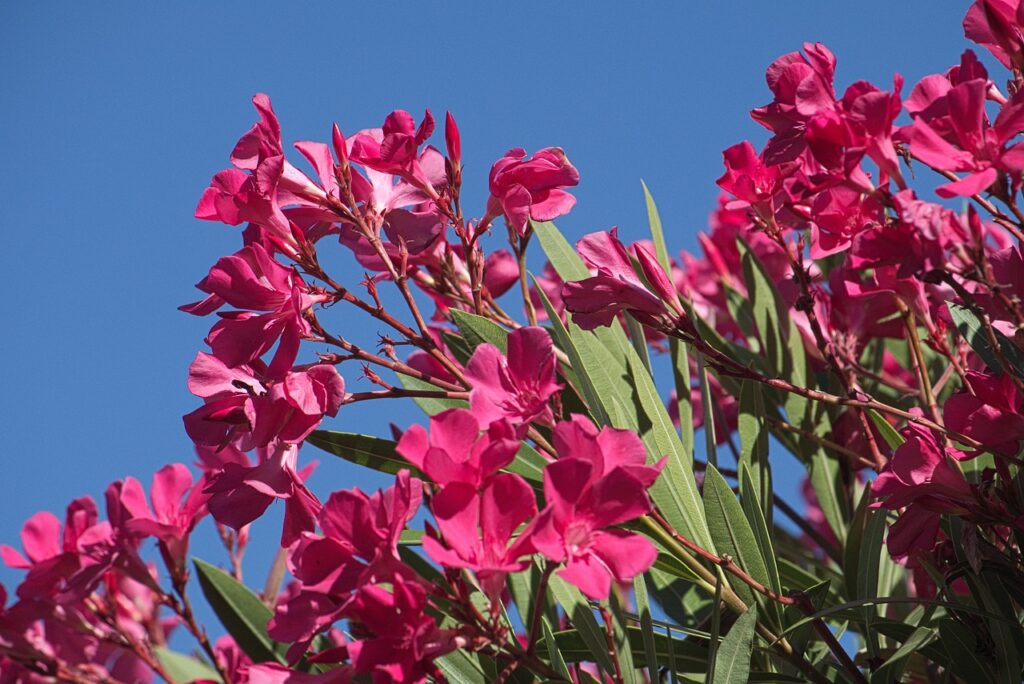
Every part of the oleander plant is highly poisonous if consumed, including its wood smoke when burned. Symptoms of oleander poisoning may include dehydration, fever, slow heartbeat, tremors, and, in severe cases, it can even lead to death.
4. Daffodil (Narcissus)

When it comes to daffodils, it’s important to be cautious, as they contain the toxic chemical lycorine. If you have a dog that enjoys digging in flower beds, it’s advisable to exercise extra care when planting these poisonous flowers.
5. Calotropis (Calotropis procera)
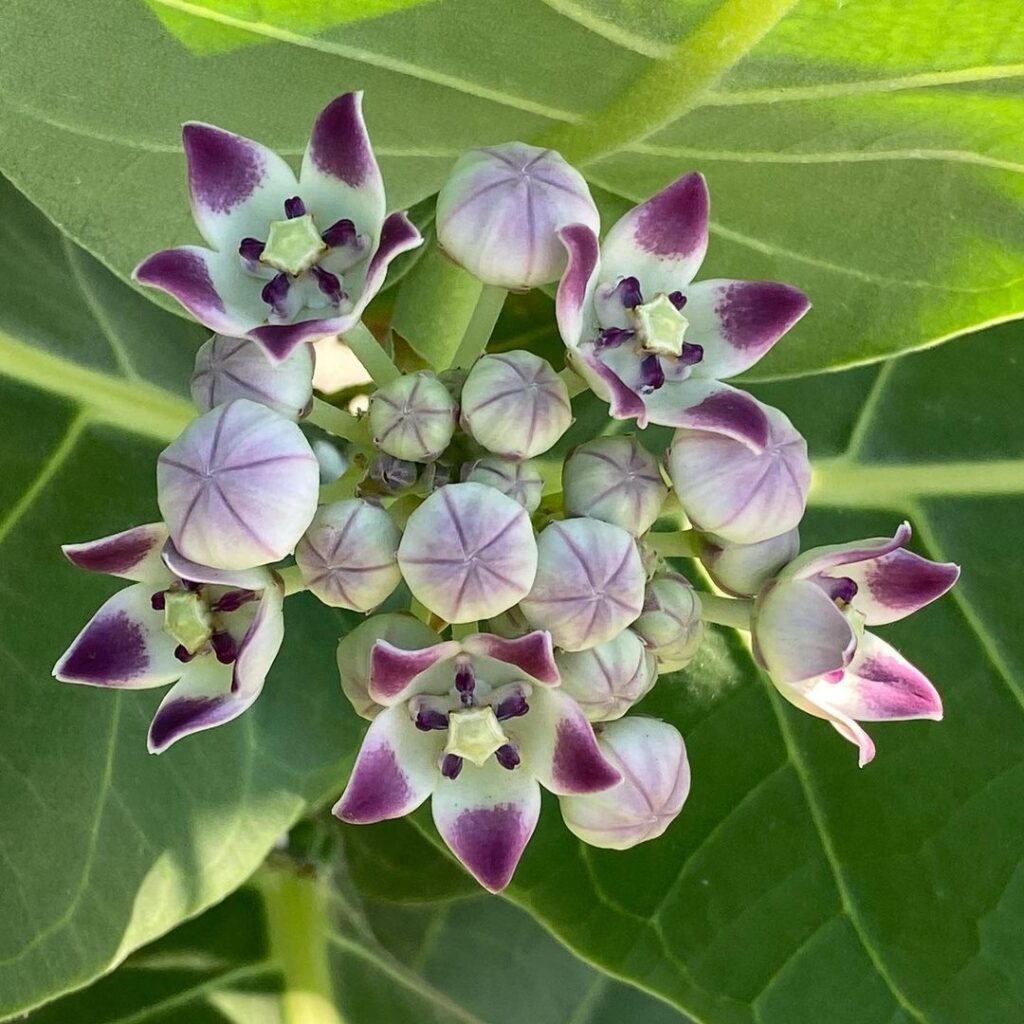
It is crucial to be aware that all parts of the Calotropis plant are toxic, and there have been numerous case reports documenting gastrointestinal, cutaneous, and ocular toxicity associated with its consumption or contact. This poisonous flower contains Cardenolide glycosides, which have similar effects to Digoxin, a medication used for heart conditions, and can lead to severe cardiotoxicity.
6. Azalea (Rhododendron)
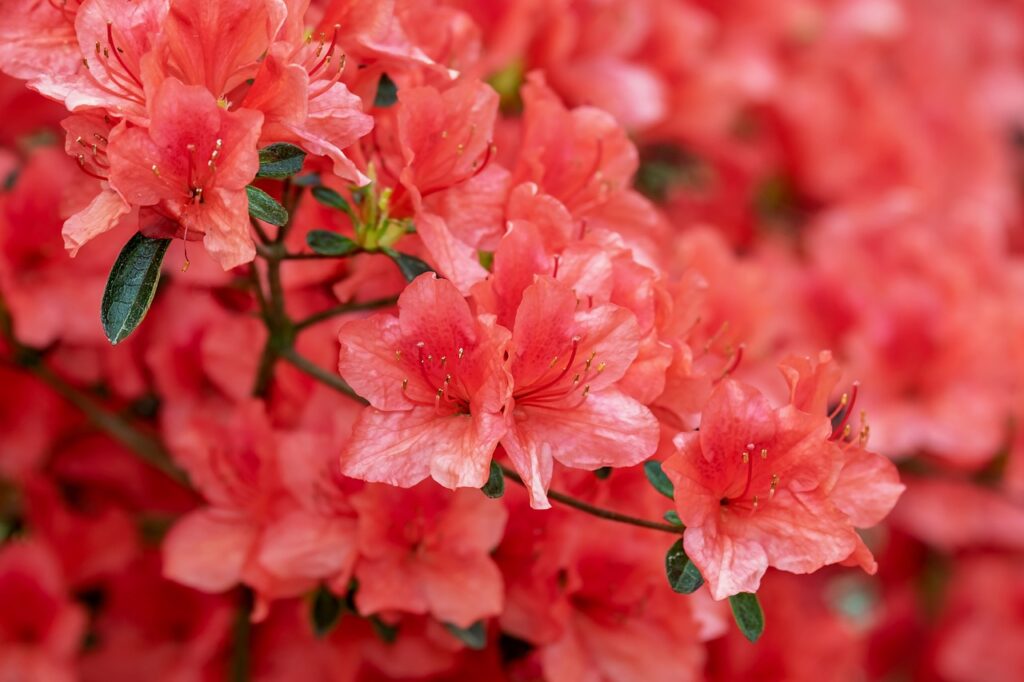
Azalea bushes, regardless of their types, are regarded poisonous, as all parts of the plant contain grayanotoxins. Ingesting these toxins can lead to a range of symptoms that may differ between humans and animals.
7. Lantana (Lantana camara)
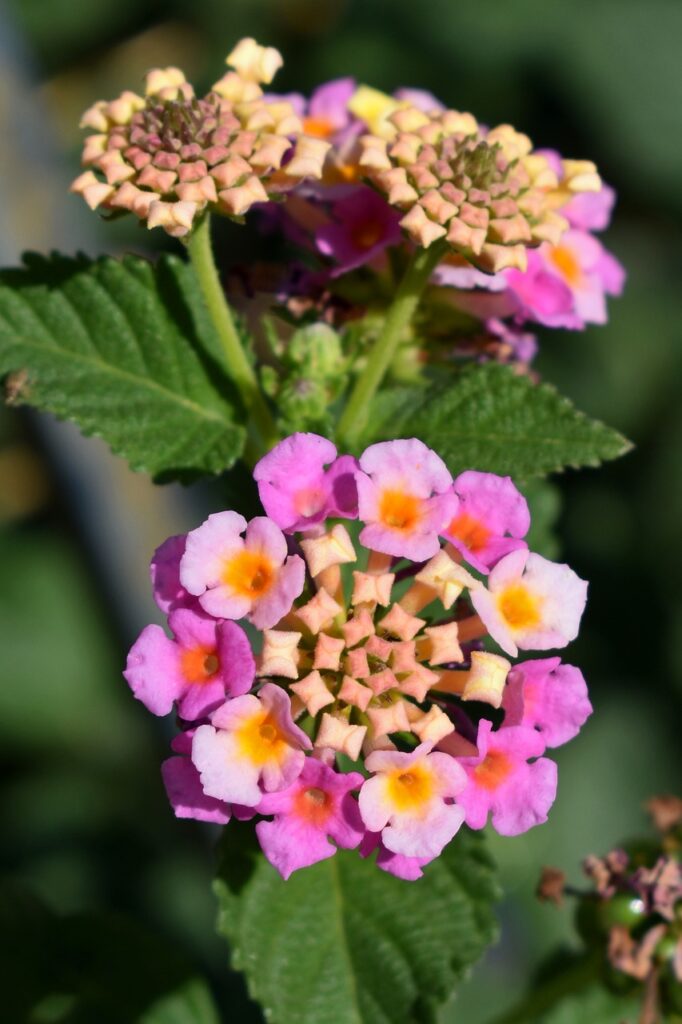
It’s important to be aware that every part of the lantana plant is toxic and considered poisonous. As a precaution, it is advisable not to plant these poisonous flowers in areas accessible to children or pets. While red flowered varieties are generally believed to be the most toxic, it’s worth noting that certain white and pink flowered varieties can also possess high toxicity levels.
8. Wisteria (Wisteria)
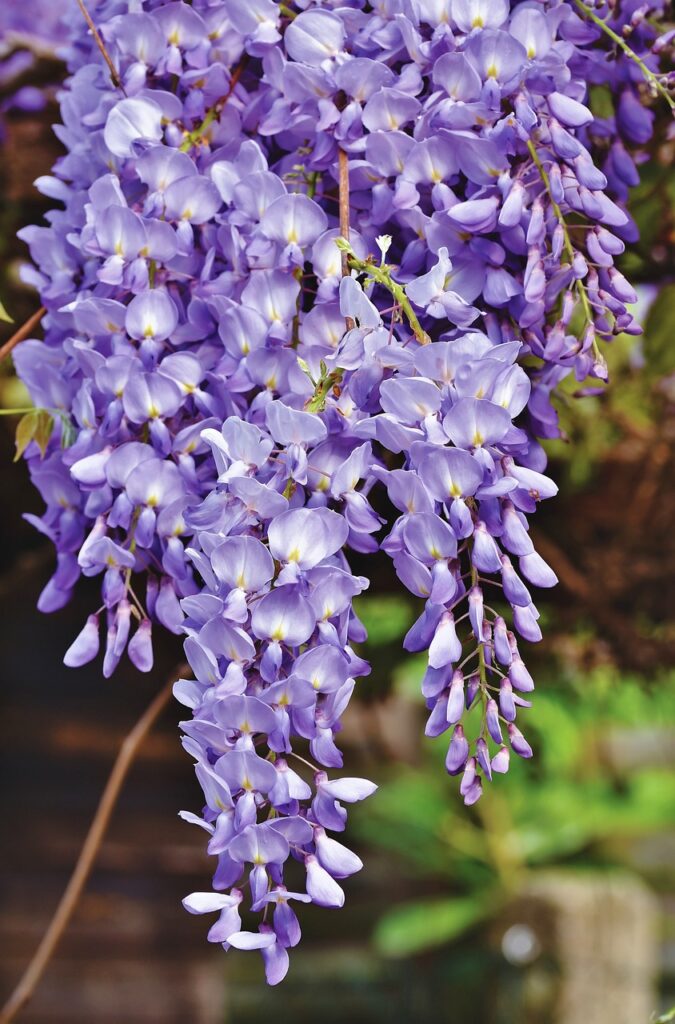
Wisteria is a climbing vine renowned for its beautiful clusters of hanging, fragrant flowers in shades of blue or purple. It’s important to note that the seed pods and seeds are considered the most toxic parts of the plant. However, it’s worth mentioning that all parts of the wisteria plant contain harmful chemicals such as lectin.
Ingesting any part of the wisteria plant, especially the seed pods and seeds, can lead to adverse effects.
9. Calla Lily (Zantedeschia aethiopica)

Similar to other plants in the Araceae family, this poisonous flower contains insoluble calcium oxalate crystals. When the plant is chewed or bitten into, these crystals are released, leading to tissue penetration and irritation in the mouth and gastrointestinal tract. In extremely rare cases, swelling of the upper airway may occur, resulting in breathing difficulties.
10. Morning Glory (Ipomoea purpurea)
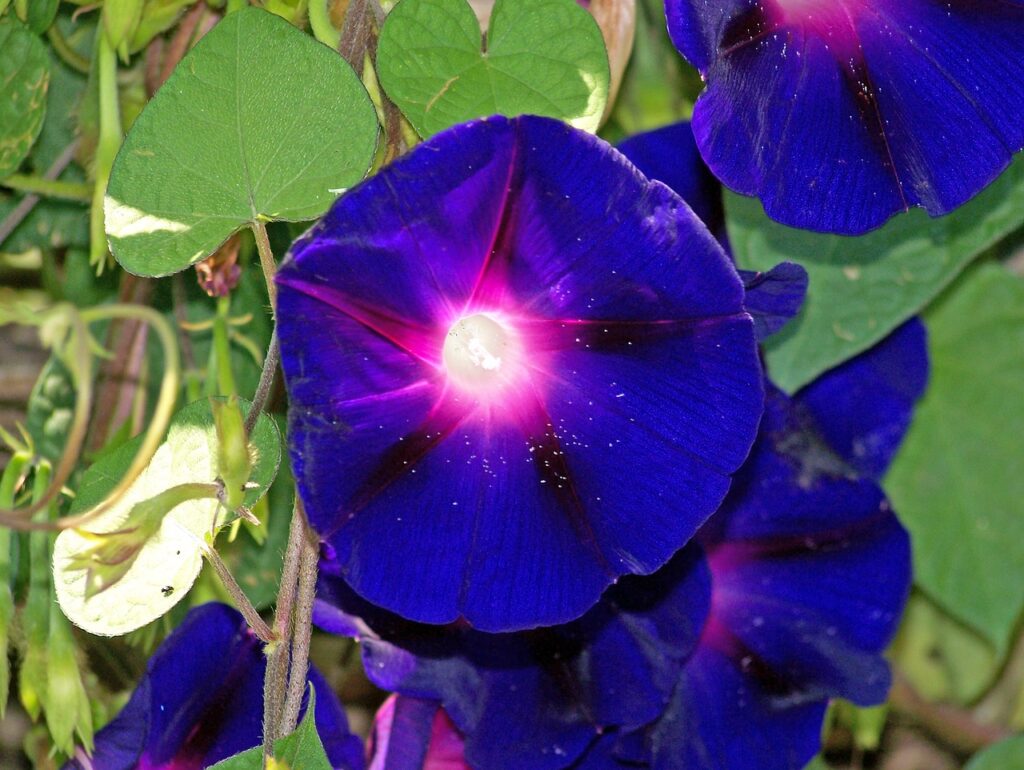
While not all species of morning glory are poisonous, there are a few that have seeds that can be toxic if swallowed. These particular morning glory plants contain lysergic alkaloids, which can result in medical symptoms such as diarrhea, lack of coordination, and in severe cases, liver failure if a large quantity of seeds is ingested.
Morning Glory is toxic to dogs, cats, and horses.
11. Foxglove (Digitalis purpurea)
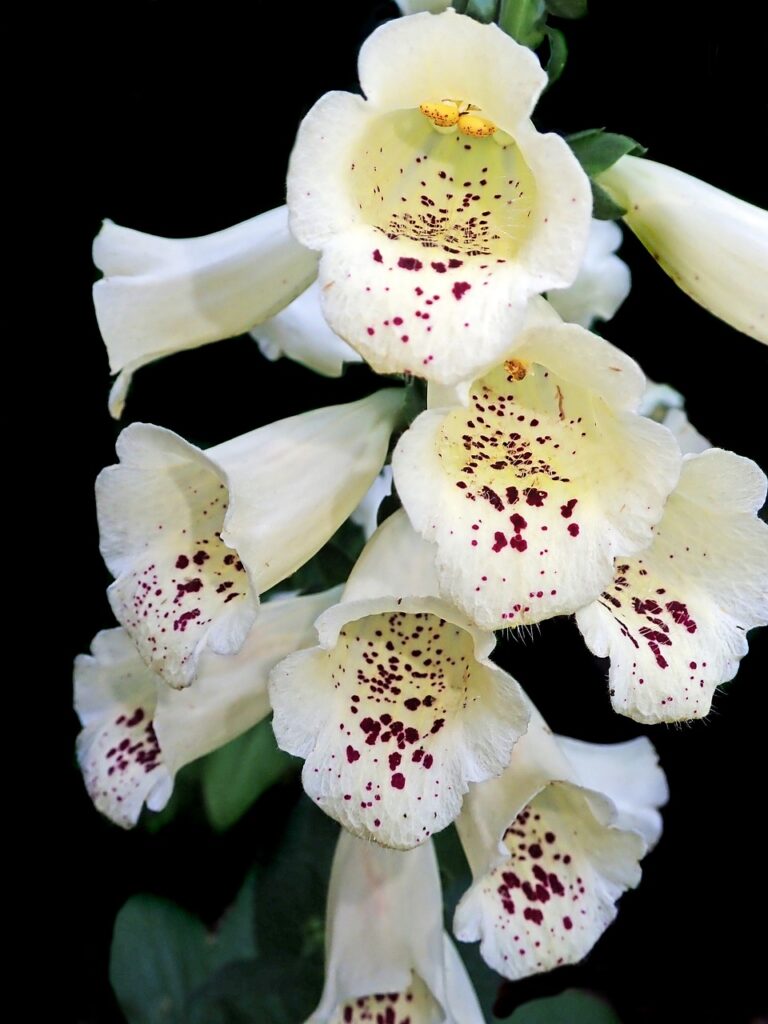
Foxglove features bell-shaped flowers that typically bloom during the spring season.
It’s important to note that the flowers and berries of the Foxglove plant can be enticing to children. However, it is crucial to exercise caution as all parts of the plant are highly poisonous and should be avoided.
12. Lily of the Valley (Convallaria majalis L.)
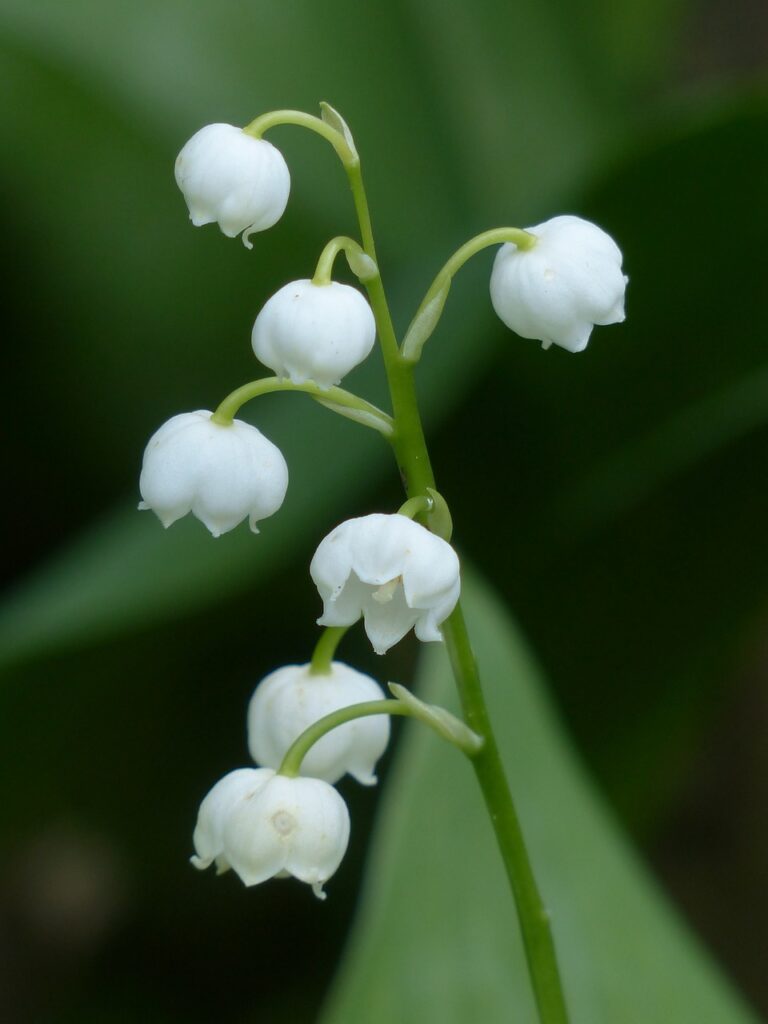
Lily of the Valley flowers are extremely poisonous, and it is crucial to avoid consuming any part of it, including the leaves and stems. The plant contains cardiac glycosides that directly affect the heart, leading to symptoms such as vomiting, hallucinations, blurred vision, and slow heart rates. In severe cases, ingestion can be fatal.
13. Marigold (Tagetes)
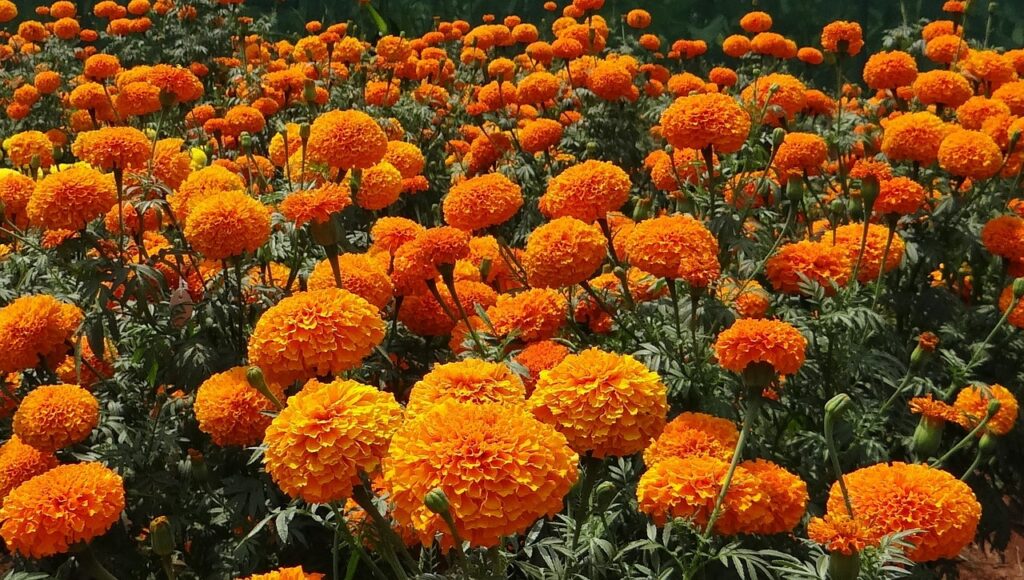
When ingested, Marigolds (Tagetes species) can cause mild irritation to the gastrointestinal tract, resulting in potential discomfort. Additionally, if there is dermal exposure, the sap of the plant can cause skin irritation.
On the other hand, Marigold flowers are mildly poisonous to cats, dogs, and other animals.
Learn How to Grow Marigolds from Petals
14. Periwinkle (Catharanthus roseus)

Madagascar Periwinkle flowers are mildly poisonous as they contain a group of alkaloids. Interestingly, it is used in Ayurveda and Chinese herbal medicines for its potential to treat high blood pressure.
Note: It’s crucial to differentiate Madagascar Periwinkle from Vinca Major (greater periwinkle), as the latter is not poisonous.
15. Iris (Iris germanica)
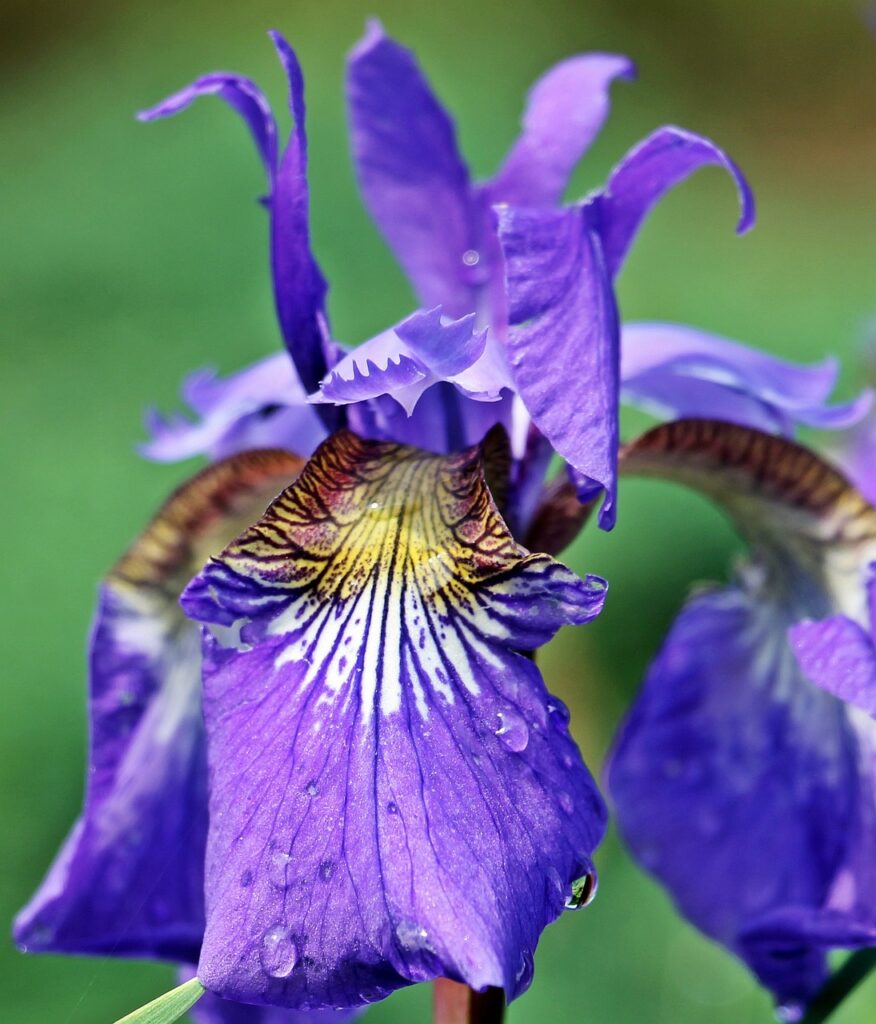
Iris flowers, including their roots, contain poisonous substances, making all parts of the plant toxic. The roots, in particular, possess higher levels of toxicity. Ingesting any part of the iris can result in symptoms such as a burning sensation in the mouth and throat, abdominal pain, nausea, and diarrhea.
Furthermore, direct contact with the seeds, leaves, sap, or roots of the plant may cause dermatitis, resulting in skin irritation.
16. Larkspur (Delphinium)

Larkspur flowers are poisonous to both humans and pets (livestock). In particular, a frequent cause of poisoning among cattle, particularly in ranches located in the western states and at higher elevations. The poisoning mechanism involves neuro-muscular paralysis, which can ultimately result in respiratory paralysis.
17. Tulip (Tulipa)
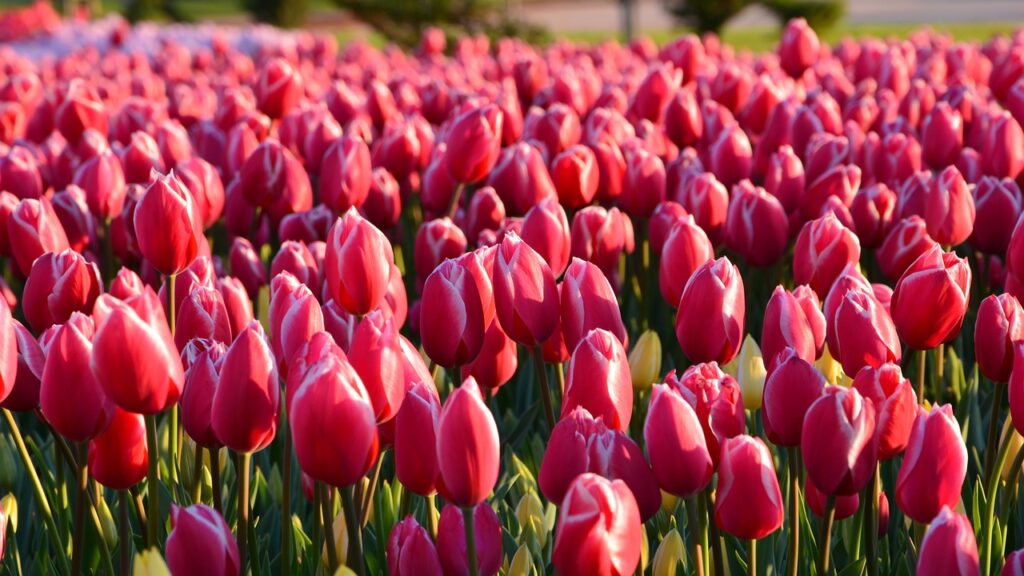
Tulips possess the potential to be toxic to both animals and humans through various means. The toxin called tulipalin present in these poisonous flowers can cause damage both internally and externally.
Smaller animals such as dogs, cats, or rodents are more vulnerable to tulipalin ingestion as they tend to consume larger quantities relative to their body weight.
In horses, increased intake often results in stomach cramps.
18. Angel’s Trumpet (Brugmansia)
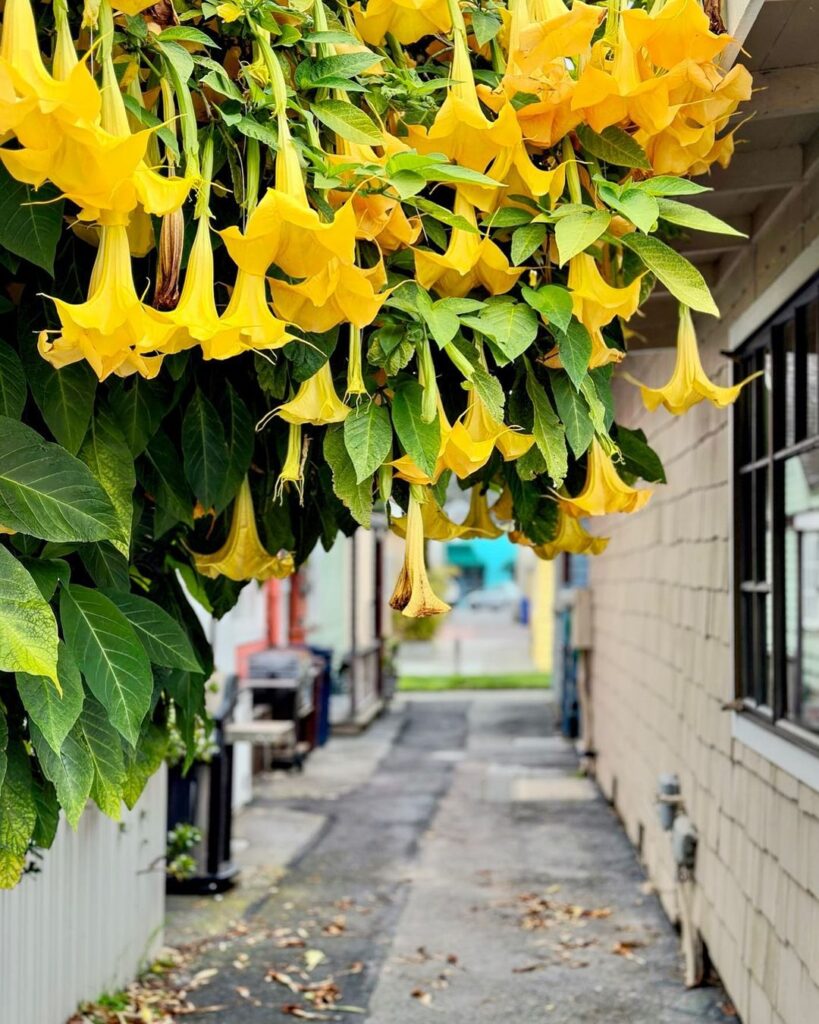
The delicate and visually appealing bell-shaped flowers of the angel’s trumpet can be highly poisonous. Consuming these beautiful toxic flowers can lead to a range of severe effects, including hallucinations, paralysis, memory loss, and even cardiac arrest.
It’s important to note that the leaves and seeds of the plant contain the highest concentration of toxic substances.
19. Deadly Nightshade (Atropa belladonna)

All parts, including flowers, are poisonous. The most significant risk lies in the sweet, purplish-black berries that can be enticing to children. Ingesting these berries can lead to various symptoms of poisoning, such as rapid heart rate, dilated pupils, delirium, vomiting, hallucinations, and in severe cases, respiratory failure, which can be fatal.
20. Monksblood (Aconitum)
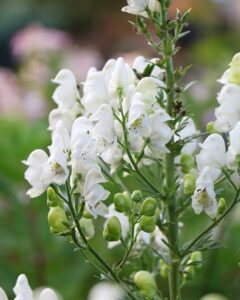
Among its various parts, the roots contain the highest levels of toxicity. Throughout history, hunters and warriors have utilized Wolf’s Bane by coating the tips of their spears and arrows with it.
21. Mountain Laurel (Kalmia latifolia)
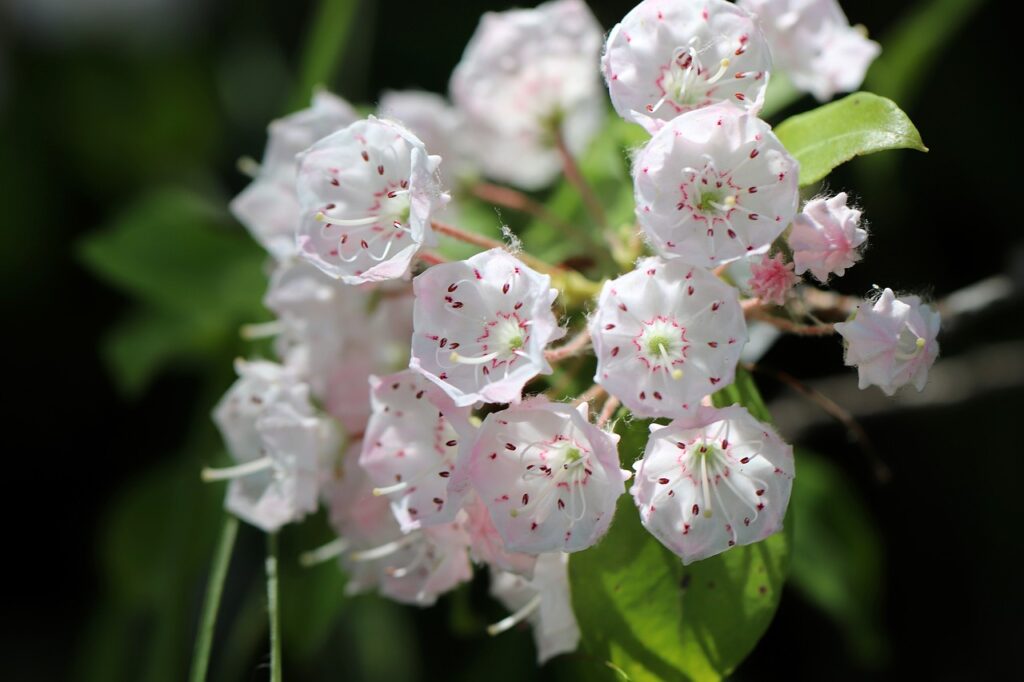
Behind the stunning beauty of these blossoms lies a hidden danger: they possess deadly properties. Ingesting these poisonous flowers can result in a burning sensation on the lips, mouth, and throat.

